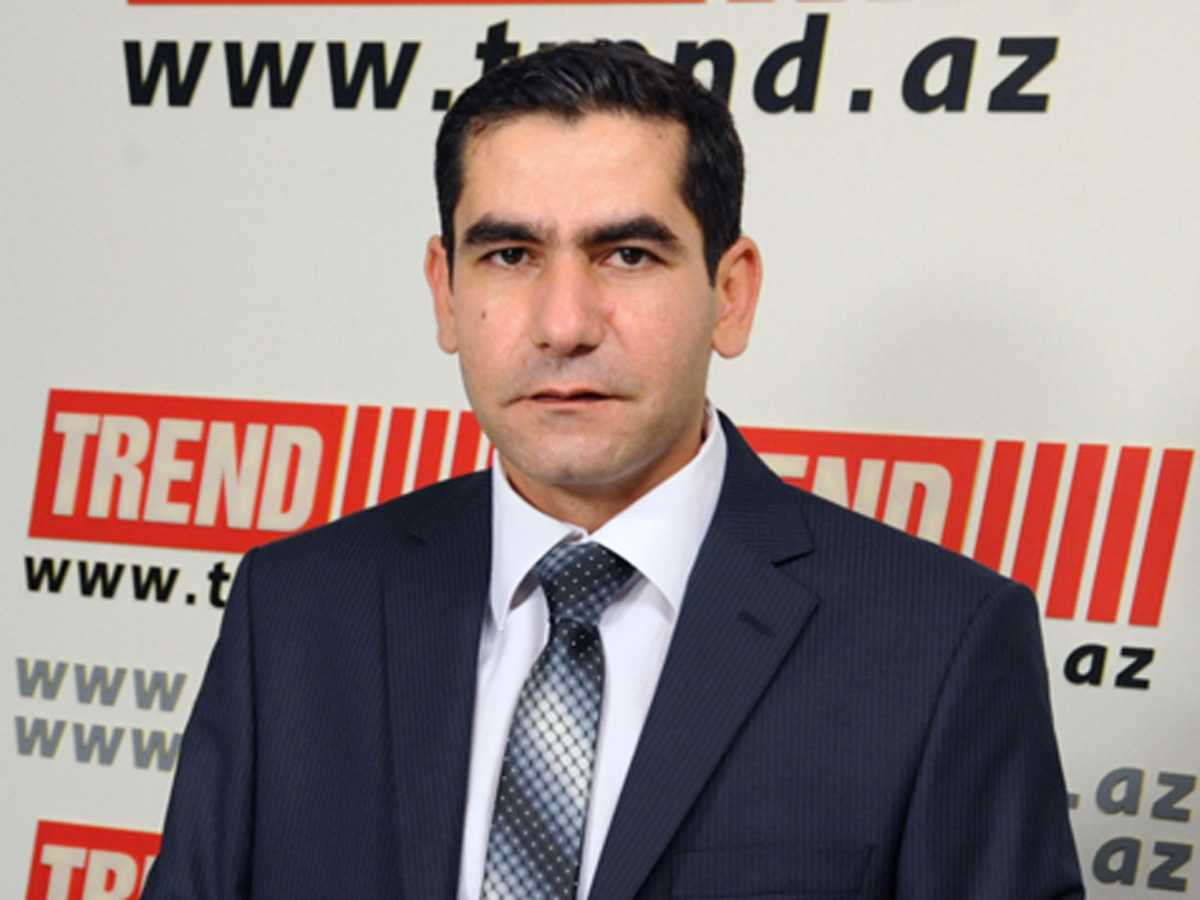Baku, Azerbaijan, Sept. 21
By Dalga Khatinoglu- Trend:
During the last decade one of Iran's priorities was enhancing the recovery rate of oil fields, which has stood at about 20 percent. Iran's proved crude oil reserves stands at about 800 billion barrels, while based on the current recovery rate, Iran can only extract 157.8 billion of that.
According to the last two National Development Plans (2005 to 2015) Iran should have increased the oil recovery rate by 2 percent, but the plan remained on paper only. Recently, the Managing Director of The Iranian Offshore Oil Company Saeed Hafezi said that the oil recovery rate on fields under the control of this company varies from 0.3 percent in Resalat field to 20 percent in Hengam field. He said that the fields operated by this company also lose 10 percent to 12 percent of their productivity annually.
Iran has not been able to commence any new major oil field since 2007, while about 80 percent of the country's oil fields are in their second half-life, losing 8 to 14 percent of their production level naturally each year.
Iran's reliance on its natural gas to augment oil recovery by re-injecting 34 billion cubic meters per annum of it into oil wells because international sanctions that have hindered Iran's access to technology and foreign investment. Iran should double gas re-injection to slow the oil production decline pace, but regarding the gas shortage in the country, it seems impossible.
Iran has announced repeatedly that it is preparing to resume oil production from the current 2.8 million barrels per day (mb/d) to the pre-sanctions level, which was 3.6 mb/d, probably in the second half of 2016. However, the lack of infrastructure, re-opening the wells that shut downed in 2012 due to declining Iranian oil exports under sanctions, as well as the natural decline in Iran's sold oil fields put the production resumption under question.
Coming to oil recovery after the nuclear deal achieved on July 14, Iran hopes to attract foreign companies including Total, Shell and specially OMV to boost the fields; recovery rate. Iran's Oil Minister Bijan Namdar Zanganeh and OMV's Chief Executive Officer Rainer Seele met in Tehran on Sept.7 to explore ways for expansion of bilateral ties. After their meeting, the Deputy Petroleum Minister for International Affairs and Commerce Amir-Hossein Zamani-Nia announced that "using new technologies, OMV is ready to double production of Iran's oil and gas fields through Enhanced Oil Recovery (EOR) and Improved Oil Recovery (IOR) methods".
However, Corporate spokesperson for OMV Robert Lechner told Trend on Sep.19 that it is too early to draw final conclusions concerning specific investments. "As our CEO, Rainer Seele, said: the country could provide interesting opportunities for OMV. And he has underlined this by attending an Austrian business delegation (of 240 managers) to Iran," said Lechner.
On the other hand, Iran needs tens of billion USD in investment in its oil fields to increase the oil recovery rate, while OMV said earlier it would cut average annual capital expenditure from 2015 to 2017 to between 2.5 billion euros and 3.0 billion, of which the lower end was based on an oil price assumption of approximately $50 per barrel for the next three years. Before the drop in oil prices, the company had planned to spend €3.9 billion each year during 2014-16.
BP's Statistical Review of World Energy 2013 revealed that the world's proved oil reserves at the end of 2012 reached 1,668.9 billion barrels, sufficient to meet 52.9 years of global production. But this is based on current recovery rates - even a small improvement in these rates would make a dramatic difference to the size of overall reserves.
In 2011, then-president of the Society of Petroleum Engineers Alain Labastie wrote: "The current ultimate average recovery factor for oilfields, on a worldwide basis, is about 35 percent. This means that about two-thirds of the oil that has been discovered is left within the reservoir. We have under our feet, in well-known locations, enormous prospects for booking new reserves. Increasing the average ultimate recovery factor from 35 percent to 45percent would bring about 1 trillion barrels of oil."
If you drill a well into a reservoir and rely on natural pressure to force the oil to the surface, you will typically recover around 10 percent of the available volume in place. Unless other forces act on the oil, pressure in the reservoir will naturally fall as it empties, until, eventually, there isn't enough to force up oil, BP estimated.
Iran shares about 9.3 percent of total proved conventional crude oil reserves and each 1 percent oil recovery rate can bring about $80 billion more revenues for Iran based on the current prices.
Edited by CN
Dalga Khatinoglu is an expert on Iran's energy sector, head of Trend Agency's Iran news service. Follow him on @dalgakhatinoglu






